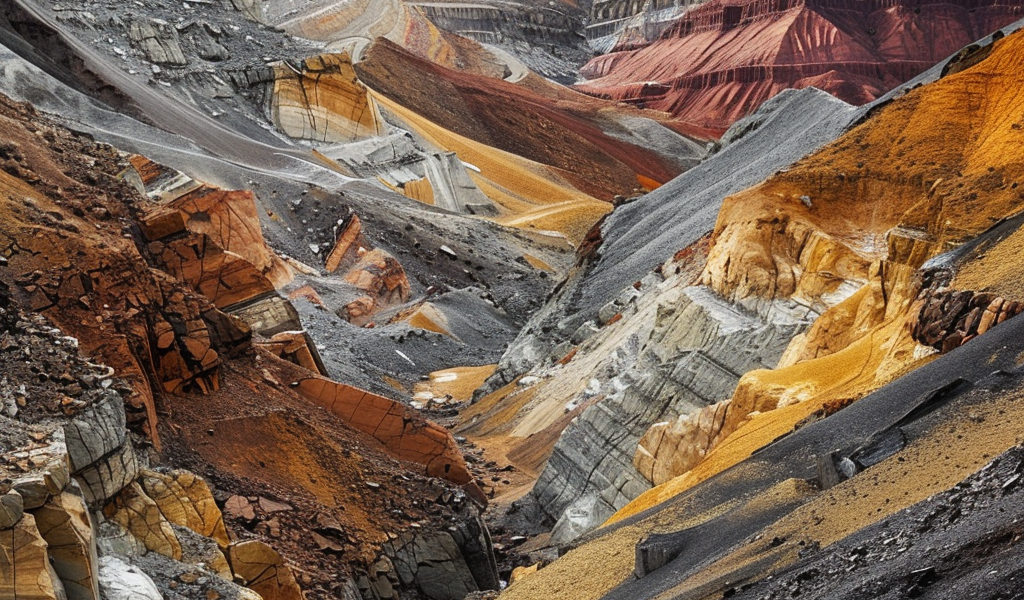Scientists may have discovered an Achilles heel for Hepatitis B. Challenging classical physics, surprising properties of elastic turbulence have been discovered. Johns Hopkins scientists have solved a 30-year biological mystery of night blindness. Cutting-edge phage research promises new solutions for old pathogens. Vanishing without a trace: why stars mysteriously disappear from the night sky.
From Black Gold to Green Energy: Mining Rare Earths Alongside Coal
New research documents elevated levels of rare earth elements (REEs) above and below coal seams in Utah and Colorado. These critical minerals are essential for the world’s energy transition away from fossil fuels and are found alongside coal deposits.
University of Utah researchers have found high concentrations of REEs in active mines near the Uinta coal belt in Colorado and Utah. This discovery suggests that these mines could potentially provide a secondary resource stream for metals used in renewable energy and high-tech applications.
According to study co-author Lauren Birgenheier, an associate professor of geology and geophysics at the University of Utah, the rare earth elements are concentrated in fine-grain shale units surrounding the coal seams. This opens up the possibility of utilizing these resources for energy transition purposes.
The research, conducted in collaboration with the Utah Geological Survey and Colorado Geological Survey under the Department of Energy-funded Carbon Ore, Rare Earth and Critical Minerals project (CORE-CM), has identified these critical minerals as potential sources for domestic manufacturing. The findings are expected to support a grant request of $9.4 million in federal funding for further research.
While rare earth elements are vital for various high-end technologies in the U.S., the current supply chain heavily relies on overseas sources. By exploring domestic sources such as coal mines, researchers aim to reduce dependence on foreign imports for these essential minerals.





